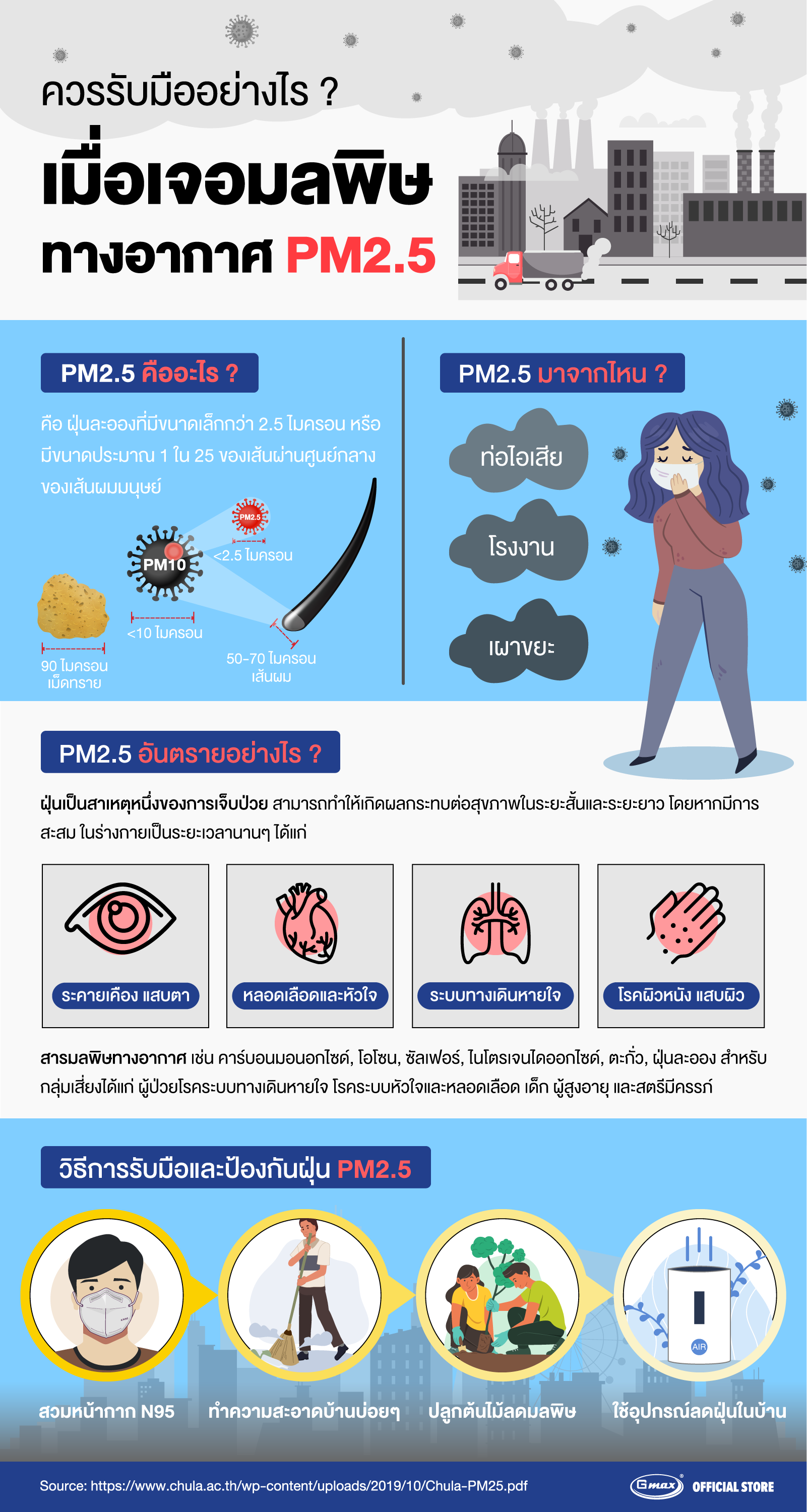Last updated: 29 Jan 2024 | 1873 Views |

Dust or dust particles It is a small solid floating in the air or water that is caused by nature or humans and is considered a type of air pollution or water pollution.
Dust comes from a variety of sources, both natural and human, such as volcanoes, sandstorms, forest fires, salt flats, or human actions such as waste fumes from automobiles, power plants, and industrial plants, including grass burning and forest burning. In developing countries, dust is often generated by coal-fired power generation plants.
The large amount of dust in the air affects human health. It causes a variety of problems, such as respiratory disease, heart disease, and lung disease, including lung cancer, which can be prevented with filters such as masks.
Dust removal Larger dust particles fall to the ground due to gravity, while smaller dust particles of 10 micrometers (PM10) will remain airborne for weeks and will be eliminated by rain or other types of precipitation.

Source: https://www.chula.ac.th/wp-content/uploads/2019/10/chula-pm25-booklet-1.pdf
29 Jan 2024